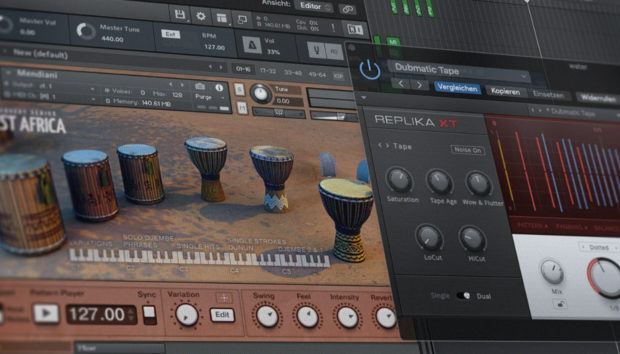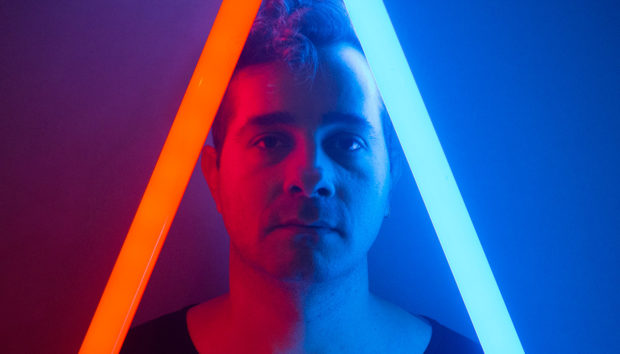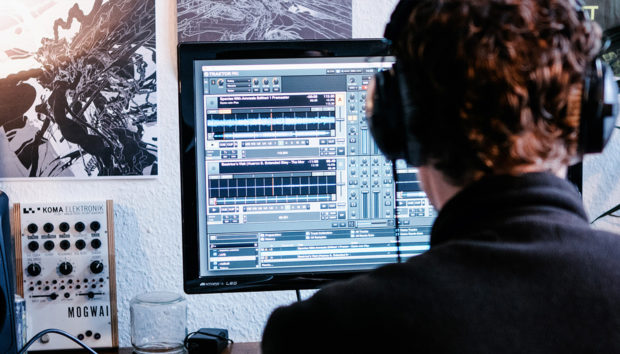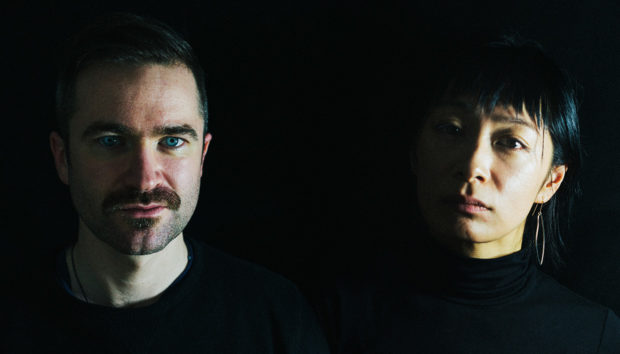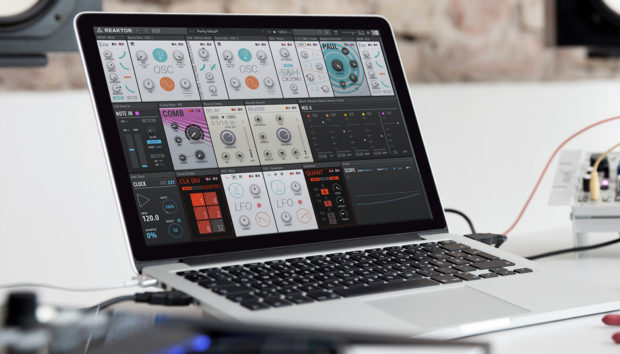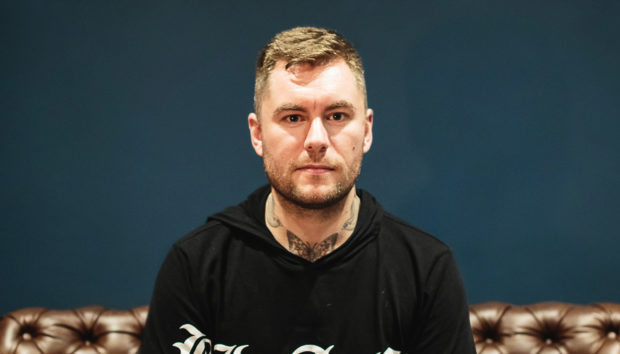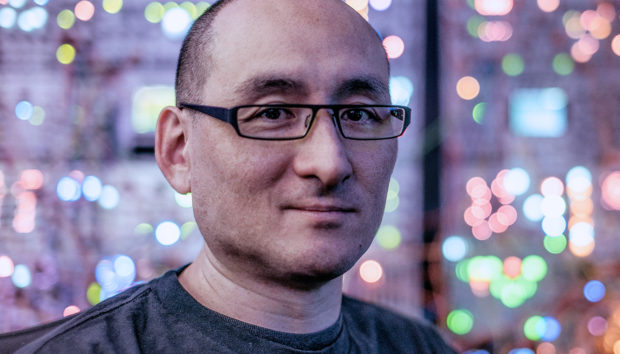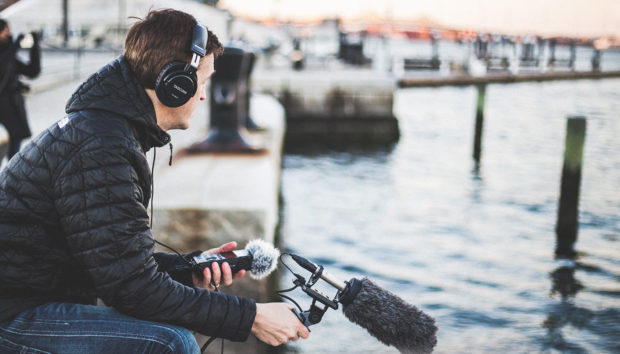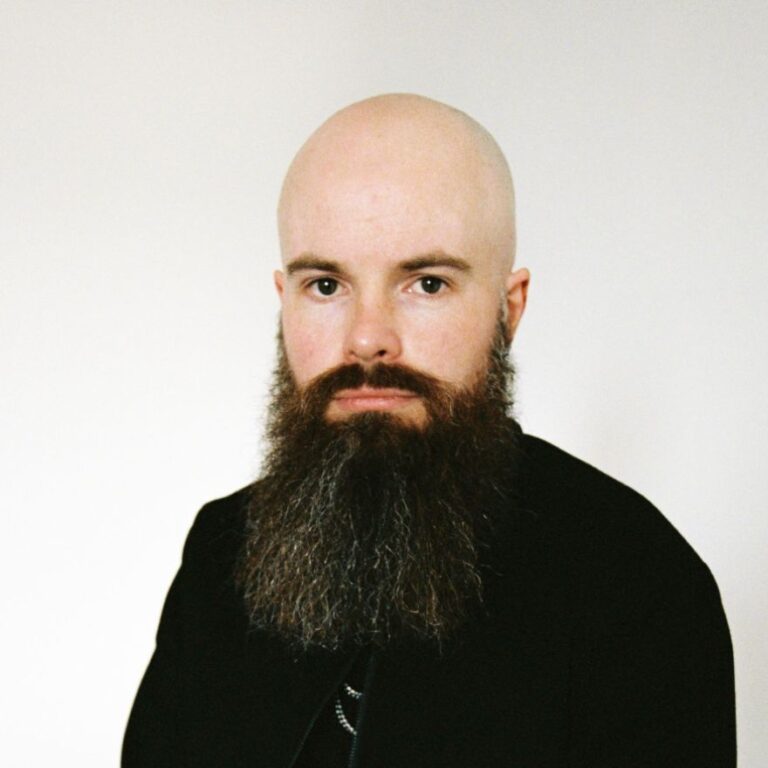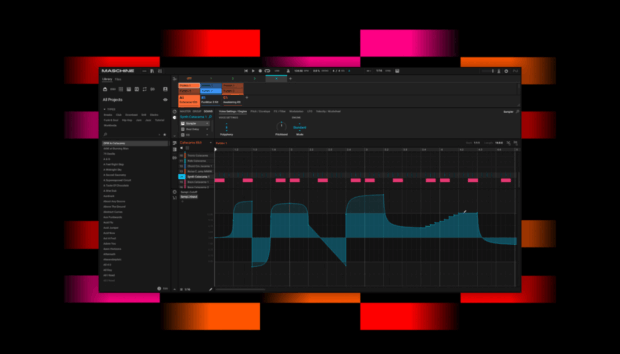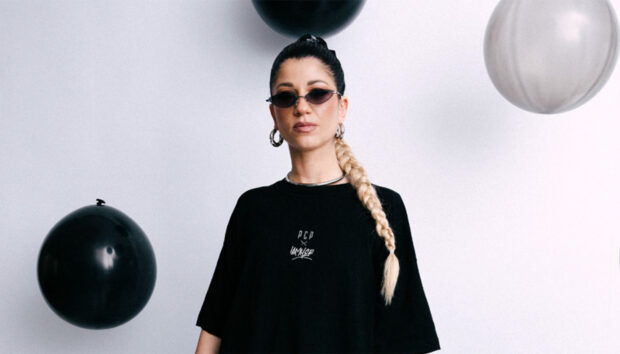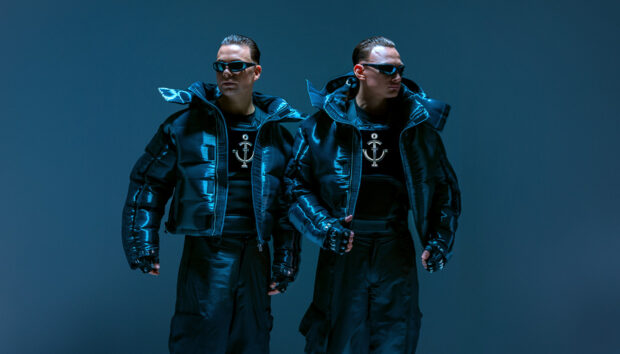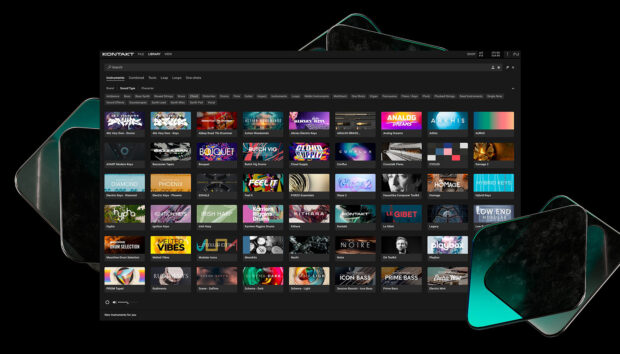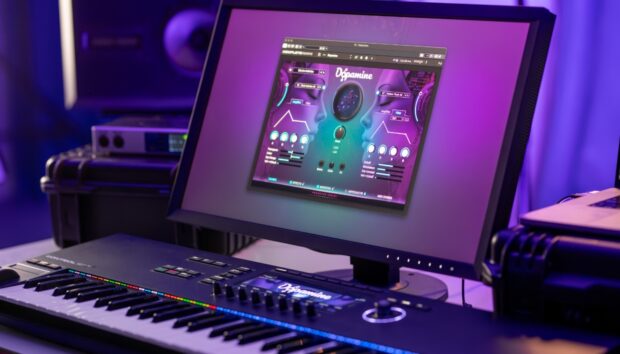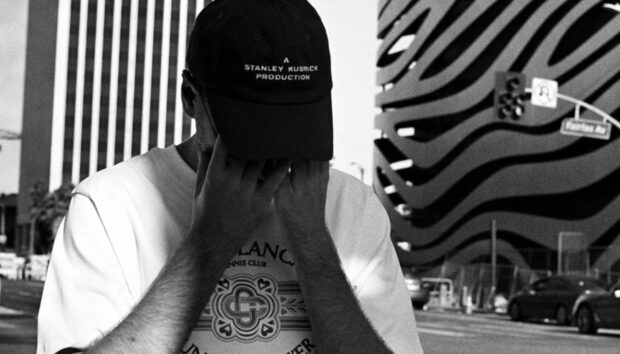With his debut album, Midnight Mass, now out on Armada Music, prolific producer and budding podcast titan in the dance music space, Will Clarke has entered a new era, both in terms of sound and performance. Across 13 tracks, the record blends house, techno, and a mature approach to songwriting into something more emotionally dense, featuring vocal collaborators such as Hayla, Georgia Meek, and the House Gospel Choir.
It’s his most ambitious work to date, and the start of a more immersive, performance-driven chapter.
To bring the album to life, Clarke has launched The Midnight Mass Experience, a fully live show built around hardware synths, drum machines, and visual programming, with Native Instruments Maschine+ acting as a core element of the rig. No CDJs, no synced stems, just custom kits, improvised sequencing, and a live setup that feels reactive and personal.
In this interview, Clarke explains how Maschine+ helped him rebuild his live show from scratch, why he gave up MIDI pads, and how he keeps every performance feeling hands-on and human, even as the production gets more cinematic.
Jump to these sections:
- How Maschine+ replaced his old MIDI pad system
- Why he builds custom scenes from each project
- How Maschine+ connects into his live mixer
- What makes his solo live show feel more human
- Advice for producers just starting with Maschine
It’s a setup built for flexibility, but grounded in intention. Here’s how Will Clarke is using Maschine+ to turn his album into a fully live experience.
Live performance is a completely different beast from studio production; what made you decide to bring Maschine into your live setup?
When Maschine first launched, I was a huge fan and used it extensively in my studio.
However, as I gradually shifted towards hardware, my drum programming moved out of the box. When I started planning my live show setup, I initially bought a MIDI pad and synced it with Ableton to trigger samples.
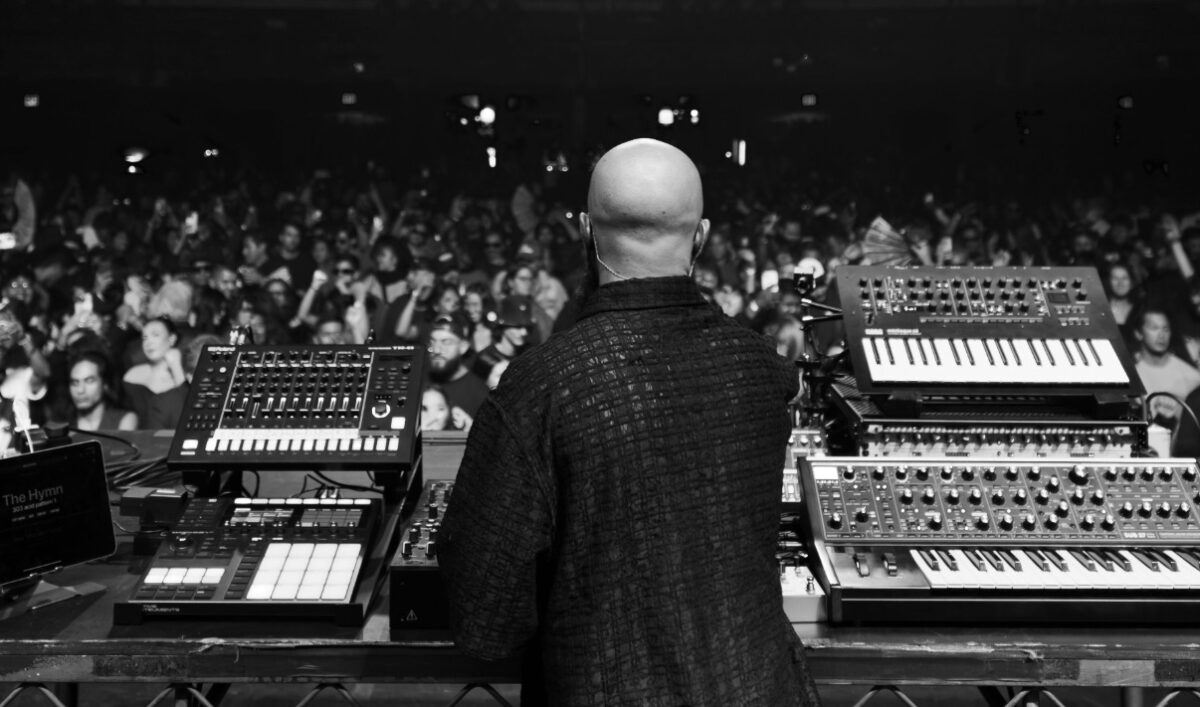
But after multiple rehearsals, it just didn’t feel natural or truly live.
So, I decided to try the new Maschine+ to see if it could bring that organic feel to my performance. It operates as a standalone instrument, loaded with my samples for each track, running independently rather than being MIDI-synced. I run it directly through the Pioneer V10 mixer, and it’s been a game-changer for my live setup.
Pro tip from Will Clarke: Use Maschine+ as a standalone sampler. Skip the MIDI sync and run Maschine+ independently with your own custom kits. Routing it through a proper live mixer gives you real-time control and opens up more space for improvisation.
Do you use pre-built patterns and scenes for your sets, or do you like to build beats and sequences on the fly?
I don’t use any pre-built patterns in Maschine.
Instead, I went into the original project folders of each track, bounced out vocal clips, drum hits, and effects, and then built my own patterns and scenes for each record. This allows every live performance to be slightly different, adding a unique and organic feel to each show. Also for me it made it a little more fun just being able to use it on the fly. I would use it as a live instrument, not a synced brain to control the live set.
Pro tip from Will Clarke: Rebuild your sets from the ground up. Don’t rely on pre-built patterns. Return to your project folders and bounce stems, vocals, and drums into new kits. Build scenes from scratch so every performance feels unique.
How do you handle transitions between songs; do you prepare stems in Maschine or trigger loops manually?
The brain of the live setup is Ableton, so a lot of the transitions are pre-planned.
However, Maschine helped by having vocal samples that could be played during silences, especially having it linked to the Pioneer V10. I could use the built-in analog effects to really enhance what Maschine was producing.
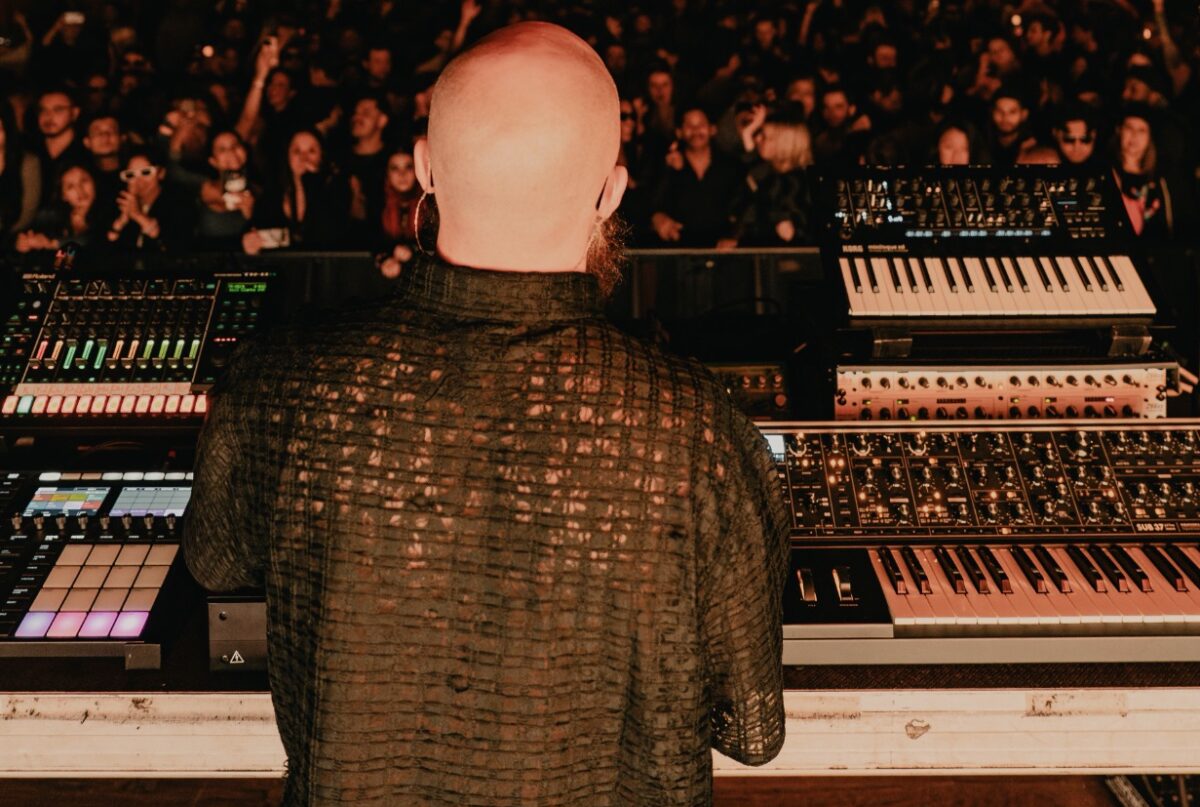
Pro tip from Will Clarke: Let Ableton handle structure, Maschine handle flavor. Keep transitions and timing in Ableton, but use Maschine to trigger vocal cuts or FX loops that add texture during breaks. Routing it through a V10 or similar mixer lets you sculpt these live with FX.
How does performing with Maschine impact the way your audience experiences your music?
Most people don’t realise that performing a fully live electronic show as a solo artist is nearly impossible.
However, my goal with the live show was to ensure that I played something live on every track, whether it was a synth, Maschine, a drum machine, or multiple elements at once. It’s all about giving the audience a visual experience, allowing them to see the connection between action and sound, pressing a note on the synth and hearing it play, or hitting a pad on Maschine and triggering a sample.
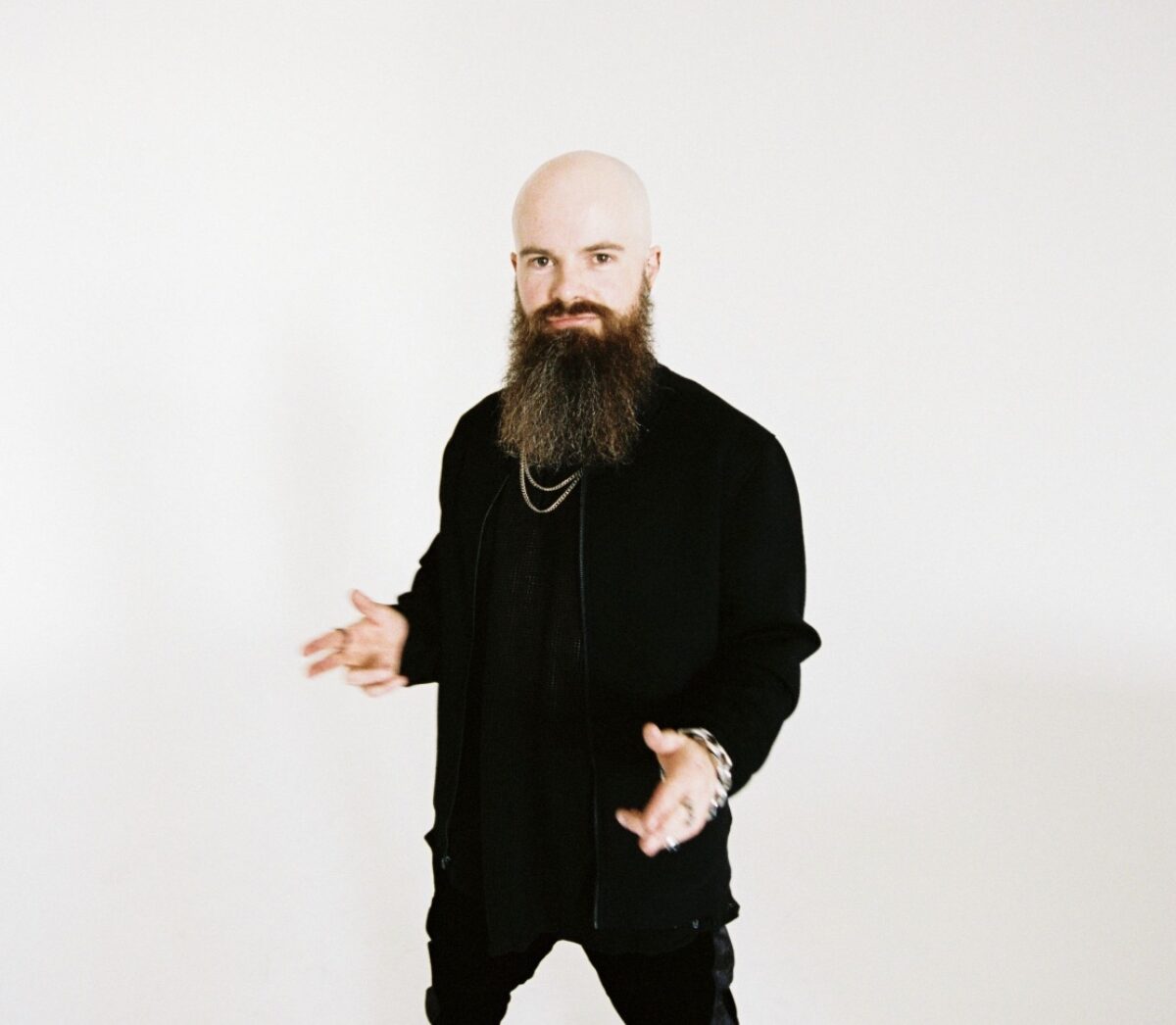
It might seem simple, but it makes a huge difference in creating an immersive experience, and Maschine has played a massive role in that.
Pro tip from Will Clarke: Always be performing something. Whether it’s a pad hit or a synth note, commit to playing something live each track. It adds a human feel that the audience can feel, even if they don’t fully understand what you’re doing.
What’s your advice for producers who want to start performing live with Maschine but feel overwhelmed?
Yes, Maschine can definitely feel overwhelming.
After using it extensively early in my career, taking a break, and then coming back to it, even I found it a bit daunting. It has evolved so much over the years, but my approach is simple: you don’t have to master everything. Instead, figure out exactly what you need it for and integrate it into your setup in a way that enhances your performance or production.
Once you’ve nailed that, you can start exploring its deeper features. Most importantly, just enjoy the process – it’s meant to be fun, so go have fun with it.
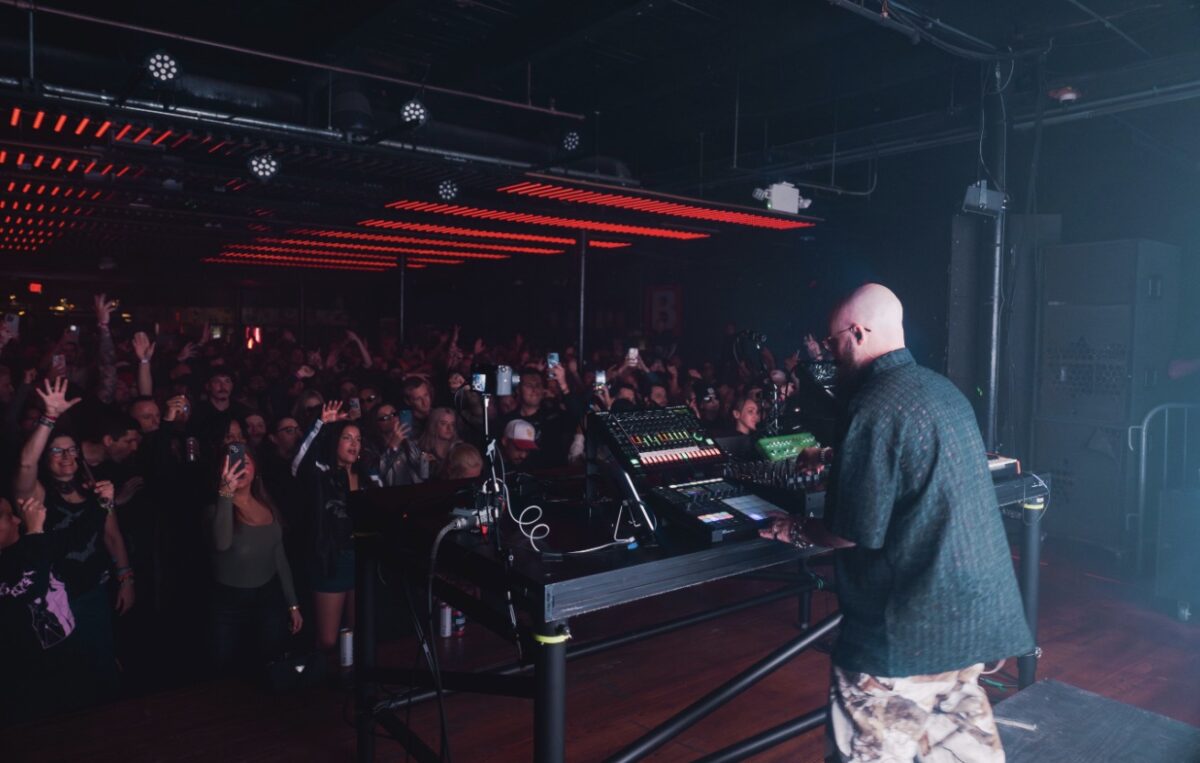
Pro tip from Will Clarke: Don’t try to learn everything. Maschine+ is deep, but you don’t have to use every feature to make it work. Focus on what you need for your set and get comfortable with that. Let it grow with you.
Wrapping it all up
Thanks to Will Clarke for walking through how he’s reshaped his performance process with Maschine+. What’s clear is that this isn’t about flash or complexity; it’s about control, flexibility, and staying connected to the music.
There’s something powerful about building a live rig that actually feels playable, especially when the material is as collaborative and vocal-forward as Midnight Mass.
Maschine+ gave him a lane to bring those songs to life in a way that’s fluid and personal. And more importantly, it allowed him to get back to that feeling of being in the moment, playing with intention, responding in real-time, and letting each show evolve. For any producer considering stepping out from behind the decks, this is a real-world example of how to do it without losing your identity or workflow.
